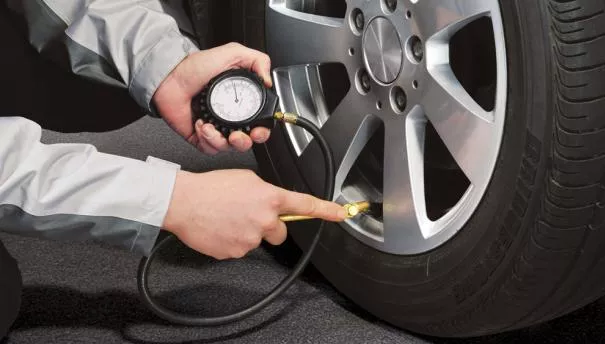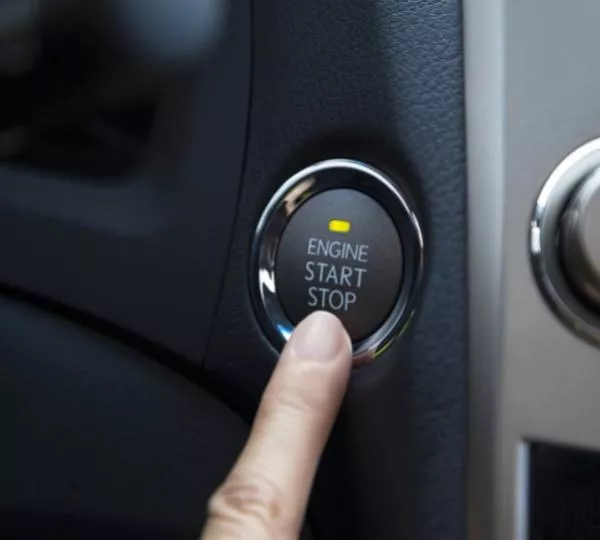For any emergency on the road, the most important thing to do is to stay calm, put your safety first, then try to figure out the optimal solution. Read our article to get more helpful tips for drivers in responding to on-road emergencies.
1. What to do when your car gets a flat tire
Car tires will go flat when encountered with sharp objects on the road or worn out due to constant use over a long period of time. When you are driving and your car suddenly gets a flat tire, the best advice is for you to slow down and steer the vehicle towards the roadside or a designated emergency stopping lane.
You should obviously not stop in the middle of the road and replace a new tire right there, if not for your own safety then at least as a courtesy to other road users. If you have no spare tire, turn on the hazard lights and call for rescue. If you travel frequently, it is best to have a spare tire in your car at all times as the rescue may be far from your location.

Regularly check your car tires to make sure they work well
To avoid getting into a situation like this, you need to regularly check and take care of your car tires, especially before long trips. Tire pressure should always be adjusted to the manufacturer’s recommended level, and should ideally go through pressure tests at a service station once a month.
>>> Related posts:
- What causes a car tire to blowout on the highway & How to safely handle
- [Video] Step-by-step instructions on how to change your car tires
2. What to do when your car engine dies
People with little driving experience, especially female drivers, are often at a loss of what to do when faced with engine malfunctions. There are many possible reasons for your car to stall while driving, such as breakdown of fuel lines, damaged generator or dulling fuel pump. If your car is moving then suddenly stops, you should not be panic. Keep the brake and steer the car to the roadside.
As you lose driving force, the steering wheel will feel heavier but you will still be able to control the car. Once you have completely stopped the car, try to switch to 0 and restart the engine – there’s a chance you will be able to move as usual.

Once you have completely stopped the car, try to switch to 0 and restart the engine
3. What to do when your car suddenly accelerates out of control
Car manufacturers have pointed out that the braking system is not capable of bringing the car to a complete stop if the gas pedals are stuck and you’re moving at a high speed on the road. This could be a very dangerous situation especially if there are many obstacles in front of you.
How to Stop Your Car During Sudden Acceleration | Consumer Reports
You need to calmly pull the brakes in a stable and steady manner. Absolutely do not hit the brakes continuously nor suddenly turn off the engine, as doing so will shut off the power that can help you control your brakes and steering wheel. Continue to switch the gearbox to 0. Drive your car to a safe area and wait for it to slow down – that’s when you can turn off your engine, switch the gearbox to P (parking) and finally pull the emergency brake.
>>> Click here to get more useful tips and advice for safe driving











